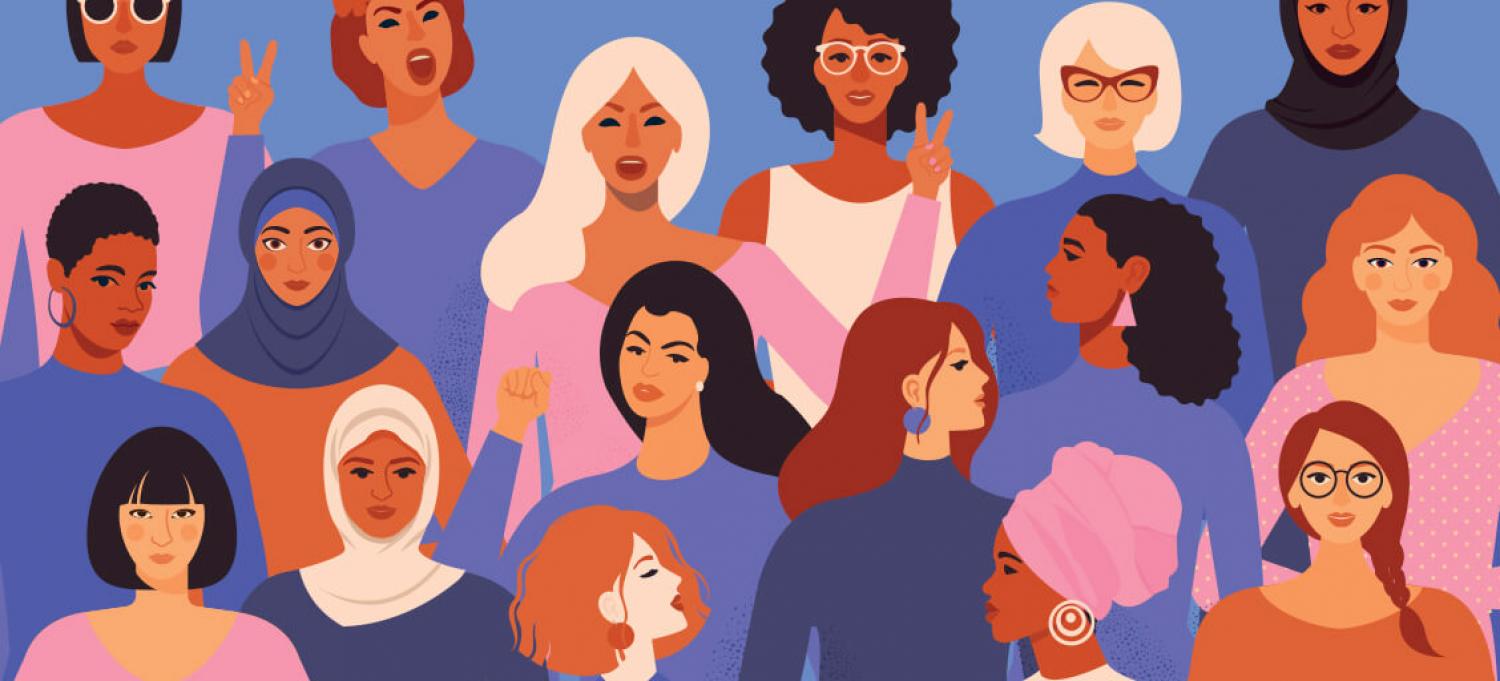
In recognition of International Women’s Day (IWD), Elsevier, a global leader in information analytics specializing in science and health, has launched a free access special issue of curated content focused on women and gender issues in health and sciences.
Consisting of journal articles and book chapters supporting the United Nation’s Sustainable Development Goals (SDGs), this free resource is intended to further new research and to raise awareness around this year’s theme for International Women’s Day: #ChoosetoChallenge, as well as the UN’s focus for IWD this year: Women in leadership: Achieving an equal future in a COVID-19 world.
Jenkins et Al. Application of sex and gender health: A practical framework. In: Jenkins et al, How Sex and Gender Impact Clinical Practice, Academic Press, 2021, Pages 3-8.
Three Facets of Public Health and Paths to Improvements: Behavior, Culture, and Environment, 2020, Pages 261-294
Principles of Gender-Specific Medicine (Third Edition), Academic Press, 2017, Pages 203-217.
Sex Differences in Cardiac Diseases, Elsevier, 2021, Pages 481-503
Sex Differences in Cardiac Diseases, Elsevier, 2021, Pages 671-687
Oliver et al., Practice improvement through a sex and gender high-value healthcare model, In: Jenkins et al, How Sex and Gender Impact Clinical Practice, Academic Press, 2021, Pages 309-323.
The Psychology of Gender and Health: Conceptual and Applied Global Concerns, 2017, Pages 343-361
Encyclopedia of Environmental Health, Second Edition, 2011, Pages 550-558
Encyclopedia of Environmental Health, Second Edition, 2019, Pages 108-110
Economic Effects of Natural Disasters, Theoretical Foundations, Methods, and Tools, 2021, Pages 77-95
Sex Differences in Cardiovascular Physiology and Pathophysiology, Academic Press, 2019, Pages 41-59
Sex Differences in Cardiovascular Physiology and Pathophysiology, Academic Press, 2019, Pages 185-201
Sex and Cardiac Electrophysiology, Academic Press, 2020, Pages 201-210
Communicating as Women in STEM, Academic Press, 2018, Pages 23-40
Communicating as Women in STEM, Academic Press, 2018, Pages 59-70
The Psychology of Gender and Health: Conceptual and Applied Global Concerns, 2017, Pages 343-361
Handbook of Clinical Neurology, Volume 175, 2020, Pages 437-448
Human Resource Management Review, Volume 29, September 2019
We focus on how interpersonal characteristics should influence leader support for gender equity in organizations. Recognizing gender disparities in organizations and the “labyrinth” that women face when they advance in their careers (cf. Eagly & Carli, 2007), we develop a model for how interpersonal characteristics of leaders, both men and women, influence power construal and thus their use of empowerment, mentoring, and performance feedback, ultimately affecting career opportunities for women in organizations.
Transportation Research Part A: Policy and Practice, Volume 139, September 2020
Although the last decades have seen an advance in equality and empowerment for women, there are still numerous challenges to be addressed. Among them, and particularly pressing in cities, are issues of gender-based violence, including sexual harassment in public spaces. Despite the numerous effects that street harassment has on women, and the high incidence of it in different countries, this issue has not been broadly studied, and even less so in cities in the Global South.
Academic Radiology, Volume 29, March 2022
Rationale and Objectives: Our objectives were (1) to determine the extent to which gender discrimination and sexual harassment are experienced by female radiologists and trainees; (2) to examine whether experiencing harassment or discrimination influences perceptions of gender parity; and (3) to explore whether the existence of either formal institutional policies or the number of women in the workplace and/or in leadership positions influences perceptions of having achieved gender equity.
Advances in Food Security and Sustainability, Volume 5, 2020, Pages 53-117
